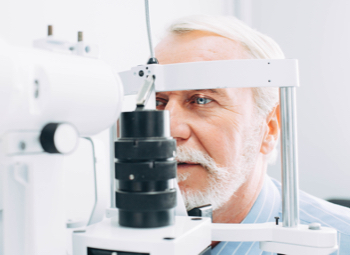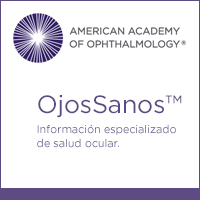The cornea is the outermost part of the eye, shaped like a transparent dome. The cornea is part of the refractive system responsible for focusing light into the eye. Healthy corneas are rounded half-spheres that allow light to focus onto the retina, creating a clear image. Eyes with keratoconus have corneas that are irregular and bulge out like a cone, making vision blurry or distorted.
Keratoconus is suspected to be genetic in many cases but has also been associated with eye allergies and excessive eye rubbing.
Keratoconus usually affects both eyes, but often asymmetrically. Symptoms may vary in each eye and may change over time. Some signs of keratoconus include:
- Blurred, distorted or double vision
- Straight lines appearing bent or wavy
- Increased sensitivity to light
- Discomfort, redness, or swelling of the eyes
As keratoconus progresses, vision will usually worsen. Nearsightedness or astigmatism may increase and cannot be properly corrected with glasses, and wearing traditional soft contact lenses may become uncomfortable or painful.
Symptoms of keratoconus typically worsen gradually over years. However, some cases progress rapidly. It’s essential to have your health and vision examined regularly to pinpoint early signs of eye diseases.




















